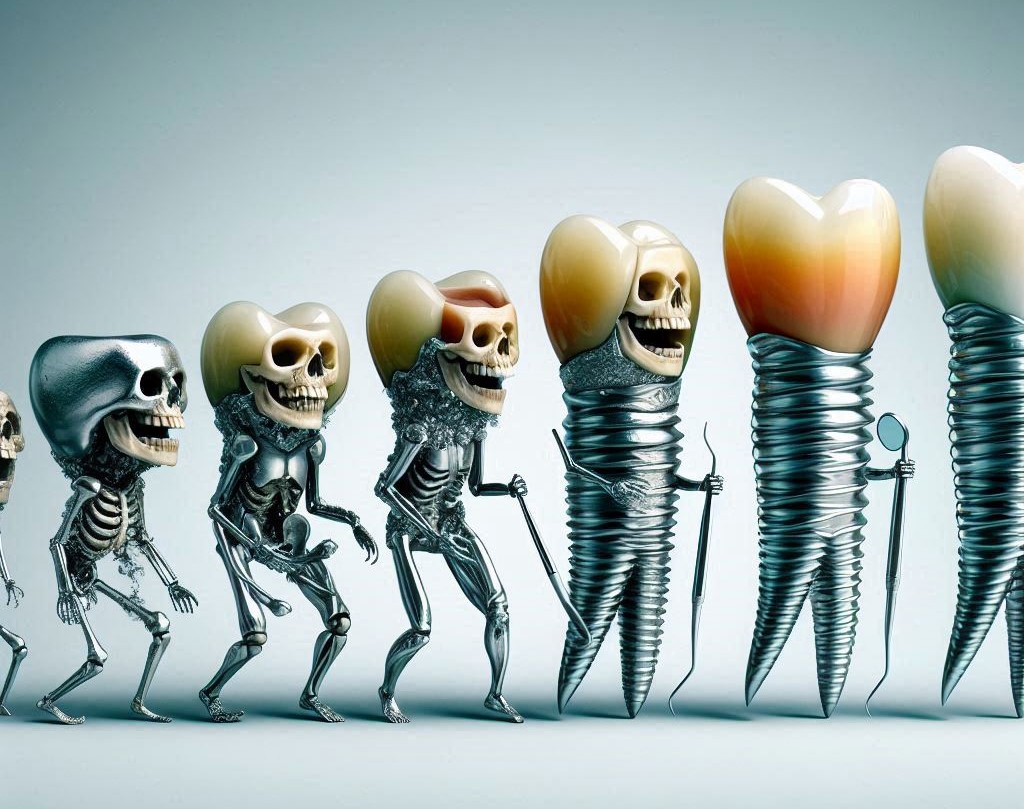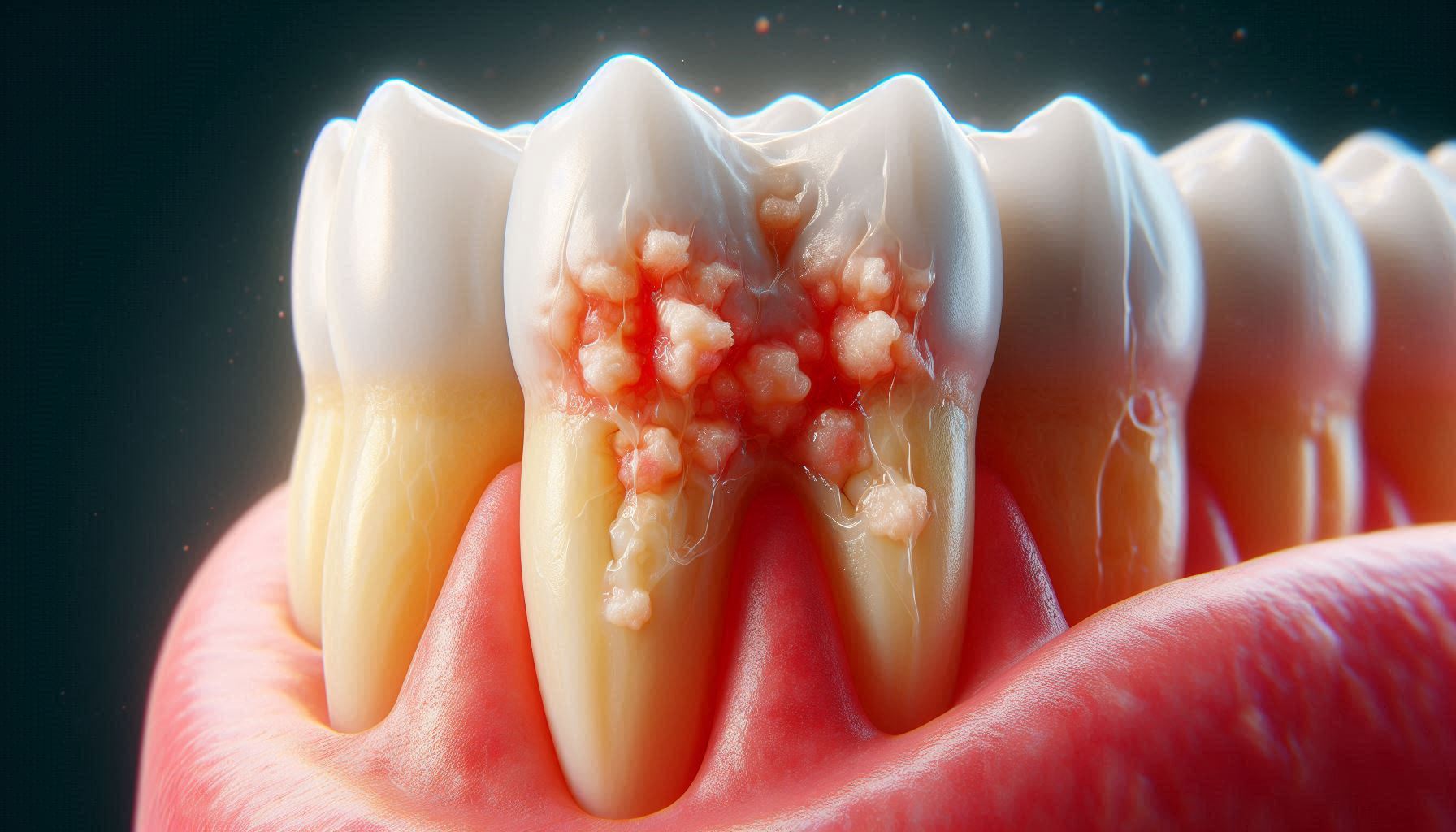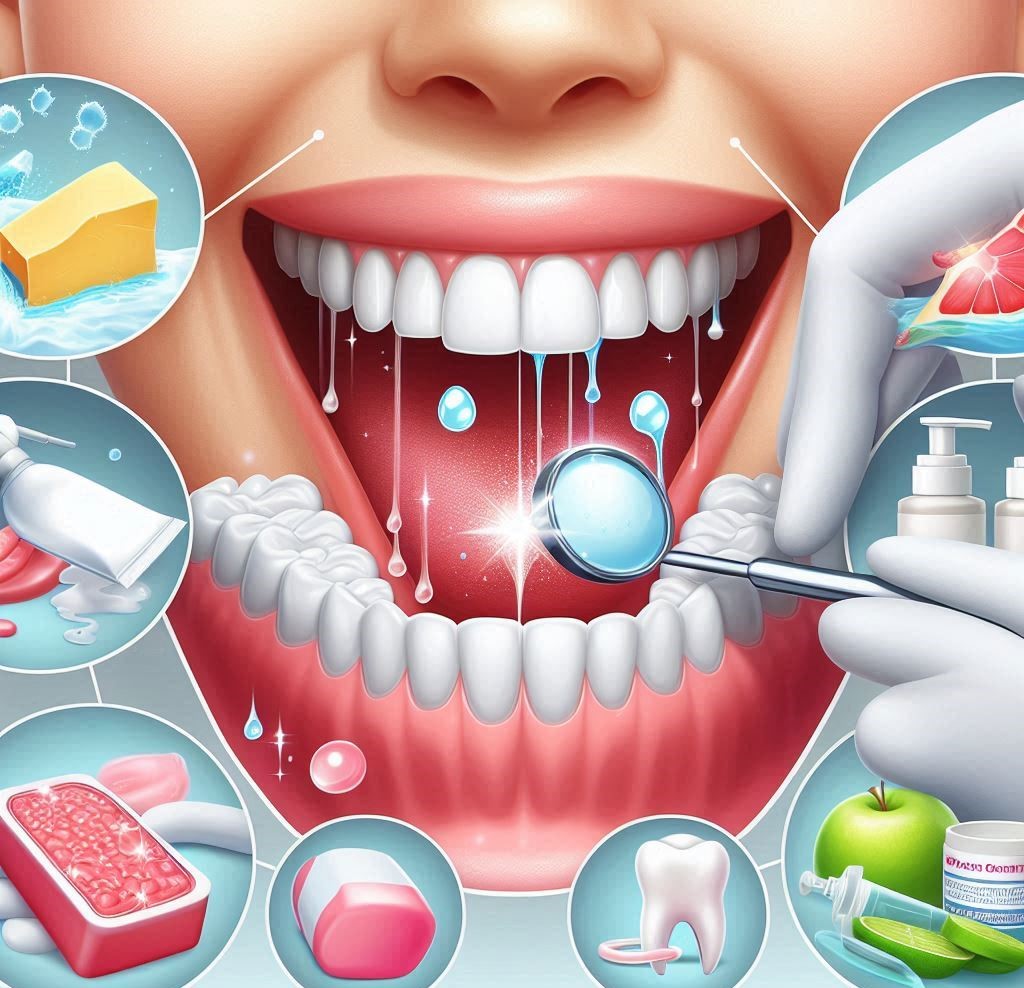Dental fillings have long been an essential part of modern dentistry, serving as an effective solution to restore teeth that have been damaged by decay. The history of dental fillings reflects advancements in material science, technology, and an ever-deepening understanding of the importance of preserving tooth health. Over centuries, what began as a rudimentary and sometimes dangerous practice has evolved into a field of innovation with fillings that not only restore tooth function but also enhance aesthetics, comfort, and longevity.
In this guide, we’ll take a deep dive into the history of dental fillings, analyze how modern materials have revolutionized their use, and explore the future innovations that are reshaping the dental landscape.
Historical Overview of Dental Fillings
Dental fillings have been used for thousands of years, evolving with each passing era. Their development reflects broader trends in science, medicine, and technology.
Prehistoric and Ancient Civilizations
The use of dental fillings dates back at least 6,000 years, with evidence from archaeological finds suggesting that humans have always been concerned with oral health, even if early methods were far from what we know today.
Ancient Egypt and Mesopotamia: The Dawn of Dental Care
The earliest known dental fillings come from the tombs of ancient civilizations, especially in regions like Egypt and Mesopotamia. Archaeologists have uncovered evidence that ancient people were aware of tooth decay, although their methods were rudimentary.
- Beeswax Fillings: In Egypt, evidence suggests that early dentists may have used beeswax as a filling material. It is believed that beeswax had some degree of adhesive quality, allowing it to be applied to cavities. While this method was not as durable or effective as modern fillings, it laid the groundwork for later developments.
- Primitive Resin Fillings: In the ancient Indus Valley, people may have used plant-based resins to fill cavities. This practice was likely done with rudimentary tools and with little understanding of bacteria or decay.
Ancient Greece and Rome: The Rise of Metal Fillings
As dental knowledge evolved, ancient Greek and Roman civilizations began to use metals for dental restoration.
- Gold and Silver: The Greeks and Romans understood the value of durable materials, and gold fillings were used to restore teeth. These early metallic restorations were often crafted by skilled artisans, though the technology was limited and primarily confined to the elite.
- Hippocrates and Galen: Two of the most influential early medical figures, Hippocrates and Galen, wrote about methods for treating tooth decay, although their approaches did not yet include true fillings in the modern sense.
Middle Ages: Early Dentistry in Europe and the Middle East
By the time of the medieval period, dental care became more systematized in Europe and the Middle East, though still rudimentary by today’s standards.
- Dental Care in the Islamic Golden Age: During the Islamic Golden Age, scholars like Al-Razi and Ibn Sina made significant contributions to medicine and dentistry. While they didn’t develop the concept of dental fillings, they understood tooth decay and promoted dental hygiene, laying the groundwork for future practices.
- Lead Fillings: By the 14th century, early European dentists used lead to fill cavities. This metal, while soft and malleable, was not an ideal filling material. However, it was one of the first attempts to replace lost tooth structure with a material that could withstand daily use.
17th and 18th Centuries: Advances and Discoveries
The 17th and 18th centuries saw dental treatments progress, though many of the techniques remained experimental.
- Pierre Fauchard’s Role: The French dentist Pierre Fauchard, who is often credited as the father of modern dentistry, made significant contributions in the early 18th century. His book, “Le Chirurgien Dentiste” (The Surgeon Dentist), introduced the concept of dental fillings, with an emphasis on using metals like gold and silver for restorations. Fauchard’s influence also marked a shift in dental philosophy toward more standardized and professional treatments.
- Dental Amalgam: Early dental amalgams were introduced in the mid-19th century, combining silver with mercury to create a malleable material that could be inserted into cavities. However, it wasn’t until the 1800s that dental amalgam was widely used. While durable, mercury-based amalgams were controversial due to concerns about toxicity.
The Advent of Modern Dental Fillings: From Silver to Composite Resins
The 20th century ushered in remarkable advancements in dental materials, from the widespread use of amalgam fillings to the development of tooth-colored materials that more closely resemble natural teeth. The discovery of new materials and the refinement of dental techniques significantly enhanced the effectiveness, aesthetics, and longevity of dental fillings.
Silver Amalgam Fillings: The Standard of the 19th and 20th Centuries
Amalgam, composed primarily of silver, mercury, tin, and copper, became the standard filling material for over a century.
- Durability and Longevity: One of the main benefits of amalgam fillings is their durability. Silver amalgam fillings can last for decades, often outlasting other materials. They have a high resistance to wear and can withstand the pressures of chewing.
- The Mercury Debate: Though amalgam fillings were widely used, their mercury content has been a subject of debate. While scientific studies have generally concluded that amalgam fillings are safe when placed correctly, concerns over mercury toxicity have prompted calls for alternatives.
The Rise of Composite Fillings
The need for aesthetically pleasing dental restorations led to the development of composite resins. In the 1960s, composites became widely available as a tooth-colored alternative to amalgam.
- Aesthetic Appeal: Composite resins are primarily made from plastic-based materials mixed with fine glass or ceramic particles. These materials can be matched to the color of natural teeth, making them ideal for fillings in the front teeth or other visible areas.
- Bonding Technology: Composites also offered the benefit of bonding directly to the tooth, reducing the need for drilling away healthy tooth structure. The advent of adhesive dentistry revolutionized the way fillings were placed, allowing for more conservative, minimally invasive procedures.
Porcelain and Ceramic Fillings: Strength Meets Beauty
Porcelain and ceramic fillings, such as inlays and onlays, emerged as alternatives to composite resins in the 1980s and 1990s.
- Inlays and Onlays: These fillings are custom-made in a dental laboratory and bonded into the tooth. Porcelain inlays and onlays are ideal for larger cavities that require greater durability than composite fillings.
- Strength and Aesthetics: Ceramic materials are not only aesthetically pleasing but also incredibly durable. They can withstand the forces of chewing and grinding, making them suitable for both front and back teeth.
Modern Innovations in Dental Fillings: Bioactive and Minimally Invasive Materials
In recent years, there has been a push toward developing dental materials that are more than just restorative—they are now designed to interact with the natural structure of the tooth in beneficial ways.
Bioactive Fillings: Healing and Protection
Bioactive materials are an exciting frontier in dental restoration. Unlike traditional fillings, which primarily serve as a mechanical barrier against decay, bioactive fillings actively promote the health of the tooth.
- Calcium Phosphate Fillings: One of the most notable examples of bioactive fillings is calcium phosphate, which has the ability to release minerals into the tooth structure. This helps remineralize areas that may be at risk of further decay, effectively “healing” the tooth.
- Fluoride-Releasing Fillings: Some fillings are designed to release fluoride, a mineral known for its tooth-strengthening properties. These fillings help reduce the risk of cavities forming in the future and promote long-term oral health.
Minimally Invasive Fillings: The Future of Dentistry
Minimally invasive dentistry focuses on preserving as much of the natural tooth as possible. This approach has led to the development of several new materials and techniques.
- Laser Dentistry: Lasers are now being used to remove decayed tissue from teeth without the need for traditional drilling. This reduces discomfort, minimizes damage to healthy tooth structure, and accelerates healing times.
- Air Abrasion: Air abrasion is another minimally invasive technology. This technique uses a stream of fine particles to remove decay, allowing for smaller cavities to be treated with minimal removal of healthy tooth tissue.
Mercury-Free Dentistry: Safety and Sustainability
With growing concerns about the environmental and health risks of mercury, many dental practitioners have moved toward mercury-free alternatives.
- Composite Resins: As the primary alternative to amalgam fillings, composite resins are being used almost exclusively today. These materials are safe, durable, and aesthetically pleasing.
- Environmental Concerns: The move toward mercury-free dentistry is driven not only by health considerations but also by environmental ones. Mercury, when disposed of improperly, can pose serious risks to the ecosystem. Many countries now require dental offices to properly manage and dispose of mercury waste.
The Future of Dental Fillings: Innovations on the Horizon
The future of dental fillings is filled with exciting possibilities, driven by advancements in materials science, digital technology, and AI. Here are some of the most promising innovations.
Nanotechnology: The Dawn of Self-Healing Fillings
Nanotechnology is paving the way for the next generation of dental materials. Researchers are exploring how nanomaterials can be used to create fillings that are stronger, more durable, and capable of self-repairing.
- Nano-Composite Fillings: These fillings incorporate nanoparticles to enhance strength, wear resistance, and aesthetics. The small size of the particles allows for a closer bond to the tooth surface, making the fillings less prone to leaks or fractures.
- Self-Healing Fillings: One of the most exciting developments is the potential for self-healing fillings. Using nanotechnology, scientists are developing materials that can repair minor cracks or chips without the need for replacement.
3D Printing in Dentistry: Precision and Customization
3D printing technology is making waves across industries, and dentistry is no exception. The ability to quickly and accurately print custom dental fillings, crowns, and other restorations is transforming the way dental care is delivered.
- Customized Fillings: In the future, patients may be able to have their fillings custom-designed and 3D-printed on-site, reducing the need for multiple appointments and increasing the precision of restorations.
- Biocompatible Materials: 3D printing allows for the use of biocompatible materials, which can enhance the healing process and promote better long-term dental health.
Artificial Intelligence: Personalized Dental Care
Artificial intelligence is set to revolutionize many areas of healthcare, including dentistry. AI tools are already being used to assist in diagnosis, treatment planning, and patient management.
- AI-Driven Diagnosis: AI can analyze X-rays and digital scans with remarkable accuracy, identifying issues that might be missed by the human eye. This can lead to earlier diagnosis of tooth decay and more effective treatments.
- Personalized Treatment Plans: AI could also help dentists create more personalized filling plans, selecting the best materials and techniques based on the patient’s unique dental anatomy and needs.
Conclusion
The evolution of dental fillings, from their humble beginnings with beeswax and lead to the high-tech, bioactive, and aesthetically pleasing materials we use today, demonstrates how far dental science has come. Modern materials not only restore the function of damaged teeth but also improve overall oral health through bonding, remineralization, and self-healing properties. As the future unfolds, innovations in nanotechnology, 3D printing, and artificial intelligence will continue to shape the landscape of dental fillings, offering patients safer, more effective, and more sustainable options for maintaining their dental health. The journey of dental fillings is far from over, and as technology progresses, it promises to lead to even more remarkable solutions in the years to come.
SOURCES
Moynihan, P. J. (2005). The role of diet in the prevention of dental caries: A review of the evidence. Journal of Dentistry, 33(10), 809-818.
Silverstone, L. M., & Haugejorden, O. (1983). The history of dental amalgam and its use in the treatment of caries. The Journal of Prosthetic Dentistry, 50(2), 174-183.
Finkelman, M. D., & Keene, H. W. (2008). Advances in dental materials: The evolution from traditional to modern materials. Dental Materials Journal, 27(3), 321-332.
Swartz, M. L., & Swartz, S. R. (2004). The impact of dental materials on modern dentistry. Journal of the American Dental Association, 135(5), 619-623.
Levin, L., & Benoliel, R. (2011). The evolution of dental fillings: From ancient times to modern materials. Dental Clinics of North America, 55(4), 663-674.
Mandelaris, G., & Halperin, S. (2016). Bioactive materials: What dentists need to know. Journal of Esthetic and Restorative Dentistry, 28(5), 301-307.
Leary, J. A., & Muller, P. H. (2012). Composite resins: Advances in dental restorations. Journal of Dental Research, 91(3), 289-295.
Buchanan, R. E. (2009). The future of dental restorative materials. International Journal of Dentistry, 2009, 5-12.
Sherman, J. A., & Naylor, C. M. (2007). The history and safety of dental amalgam. Journal of the American Dental Association, 138(7), 907-913.
Lloyd, T., & Steele, J. G. (2014). The role of nanotechnology in modern dental fillings. Dental Materials, 30(7), 816-824.
Levin, L., & Bucher, K. (2019). Future perspectives of dental materials in restorative dentistry. Journal of Clinical Dentistry, 30(6), 458-463.
Wang, S., & Sutherland, P. (2017). 3D printing in dental applications. Journal of Prosthodontics, 26(2), 123-131.
Sullivan, P., & Kahl, E. (2013). Innovations in bioactive dental materials: Restoring and repairing teeth. Journal of Dental Research, 92(7), 576-580.
Riley, R. A., & Vignaud, J. L. (2020). The advancement of dental composites: Materials, properties, and clinical considerations. Dental Materials Journal, 39(4), 505-510.
HISTORY
Current Version
February 20, 2025
Written By:
SUMMIYAH MAHMOOD




